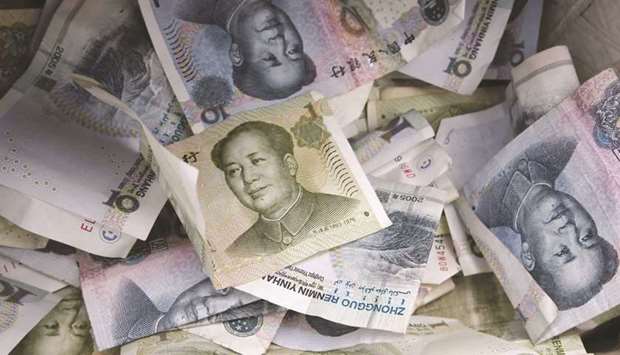Pakistan will allow the Chinese yuan to be used for imports, exports and financing transactions for bilateral trade and investment activities, in a move economists said yesterday would simplify a massive Chinese investment project.
Both public and private sector enterprises may use the yuan for bilateral trade and investment, the central State Bank of Pakistan said in a statement issued Tuesday.
“As per current foreign exchange regulations, Chinese yuan (CNY) is an approved foreign currency for denominating foreign currency transactions in Pakistan,” it said.
“In terms of regulations in Pakistan, CNY is at par with other international currencies such as US dollar, euro and Japanese yen,” it added.
The bank said that in light of a massive Chinese infrastructure project in Pakistan, the move would “yield long-term benefits for both the countries”.
The China-Pakistan Economic Corridor (CPEC), a $54bn project launched in 2013 linking western China to the Indian Ocean via Pakistan, has been hailed as a “game changer” by Pakistani officials.
They hope the power stations and transmission lines built as part of the project will help ease Pakistan’s chronic power crisis.
Economic analyst and former government adviser on finance Salman Shah welcomed the State Bank’s move, saying that avoiding dollar transactions in the implementation of CPEC would “simplify matters very considerably”.
The Chinese economy is now one of the biggest in the world, he said, justifying the use of the Chinese currency of choice.

Pakistan will allow the Chinese currency yuan to be used for imports, exports and financing transactions for bilateral trade and investment activities, in a move economists said yesterday would simplify a massive Chinese investment project.


